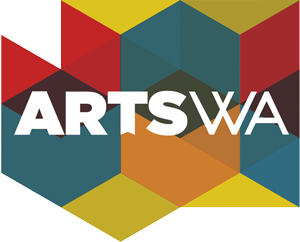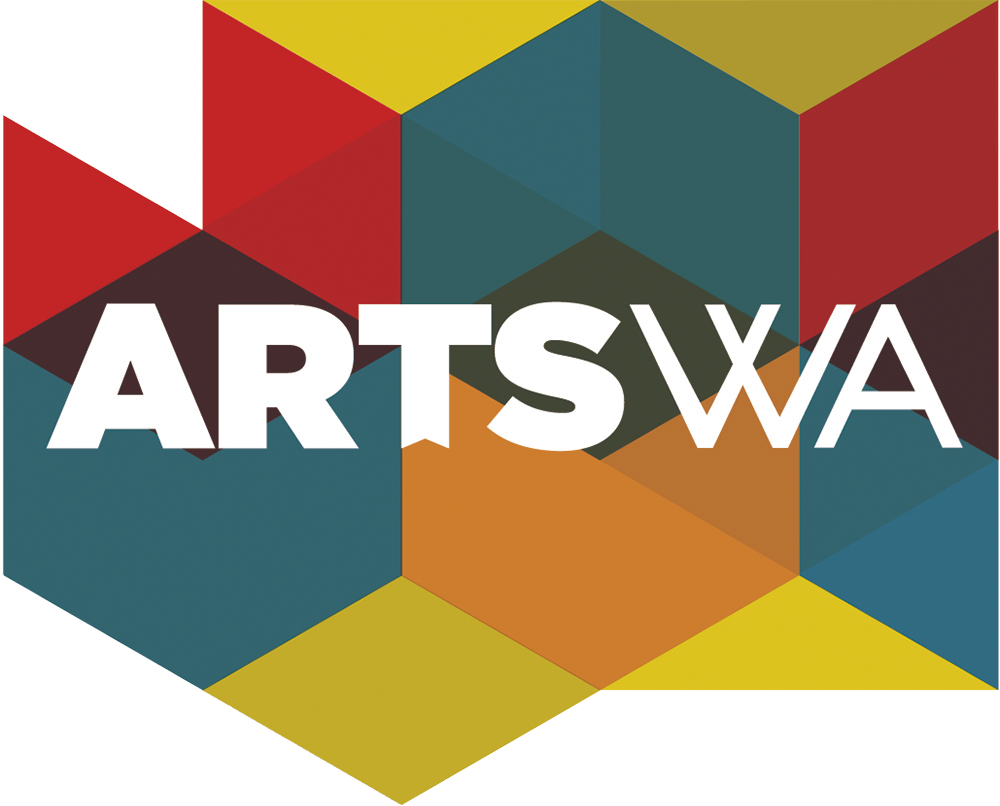Bigger Big Chair, 2007
David Ireland
(American, born 1930, died 2009)
Location: Western Washington University, Bellingham
ABOUT THE ARTWORK
Artist David Ireland plays with scale and symbolism in his commissioned sculpture Bigger Big Chair at Western Washington University in Bellingham, Northwestern Washington. He described the sculpture as "micro-architecture" and asks us to question if it is a functional object or an abstract form. The chair sculpture can also be seen as a symbol of knowledge and learning, as in “the seat of knowledge.”
This artwork was acquired for the State Art Collection in partnership with Western Washington University.
ABOUT THE ARTIST
Artist David Ireland (1930-2009) created conceptual, site-specific installations. His artworks explore architectural elements and minimalist forms. His self-professed motto was “You can’t make art by making art.”
Ireland grew up in Bellingham, Northwestern Washington. He studied at Western Washington University, then transferred to the California College of Arts and Crafts where he earned his Bachelor of Fine Arts degree (1953) in theater, industrial arts, and printmaking. He was drafted and served two years in the U.S. Army from 1956-58. Ireland spent years traveling and working in Europe, Asia, and Africa before finishing his graduate work at the San Francisco Art Institute in 1974 on the G.I. Bill. He lived the rest of his life in San Francisco, California.
ARTWORK DETAILS
| Medium | Painted mild steel |
| Dimensions | 13 ft x 8 ft x 13 ft |
| ID Number | WSAC2002.033.000 |
| Acquisition Method | Site responsive commission |
| Artist Location | California, United States |
Location Information
| Agency | Western Washington University |
| Artwork Location | Western Washington University Old Main Building, Front lawn (Northwest of building) |
| WA County | Whatcom |
| Placement | Exterior |
| Site Type | University |
| Address | 516 High St. Bellingham, WA 98225 |
| Geo. Coordinates | 48.727894, -122.487060 |
| Before Visiting | Some artworks may be located in areas not accessible to the general public (especially in K-12 public schools). Consider contacting the site prior to a visit to ensure access. |
| Map |
Related








_edited.jpg)
